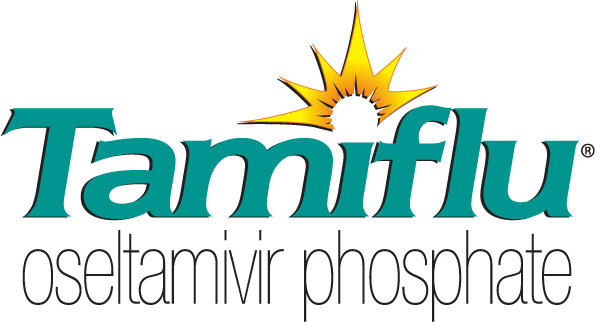
Side Effect Reporting
Report side effects to the FDA at (800) FDA-1088 or www.fda.gov/medwatch.
You may also report side effects or harmful experiences to Genentech at (888) 835-2555 or here.
Support & Resources
Indications & Important Safety Information
INDICATIONS
TAMIFLU is a prescription medicine used to treat the flu (influenza) in people 2 weeks of age and older who have had flu symptoms for no more than 2 days. TAMIFLU can also reduce the chance of getting the flu in people 1 year and older.
TAMIFLU does not prevent bacterial infections that may happen with the flu.
TAMIFLU is not a substitute for an annual flu vaccination.
TAMIFLU is not recommended if you have severe kidney disease and are not on dialysis.
Do not take TAMIFLU if you are allergic to oseltamivir phosphate or any of the ingredients in TAMIFLU.
IMPORTANT SAFETY INFORMATION
- If you have an allergic reaction or a severe rash with TAMIFLU, stop taking it and contact your doctor right away. This may be very serious
- People with the flu, particularly children and adolescents, may be at an increased risk of seizure, confusion, or abnormal behavior early during their illness
- Let your doctor know if you are pregnant, nursing, have heart problems, breathing problems, a weakened immune system (immunocompromised), kidney problems or other medical conditions as TAMIFLU may not be right for you
- Also tell your doctor about any medications you are taking or if you’ve received a nasal- spray flu vaccine in the past two weeks
- The most common side effects when treating the flu include nausea, vomiting, and headache. The most common side effects when preventing the flu include nausea, vomiting, headache, and pain
Please see the TAMIFLU full Prescribing Information for complete important safety information.
You are encouraged to report side effects to Genentech by calling 1-888-835-2555 or to the FDA by visiting www.fda.gov/medwatch or calling 1-800-FDA-1088.